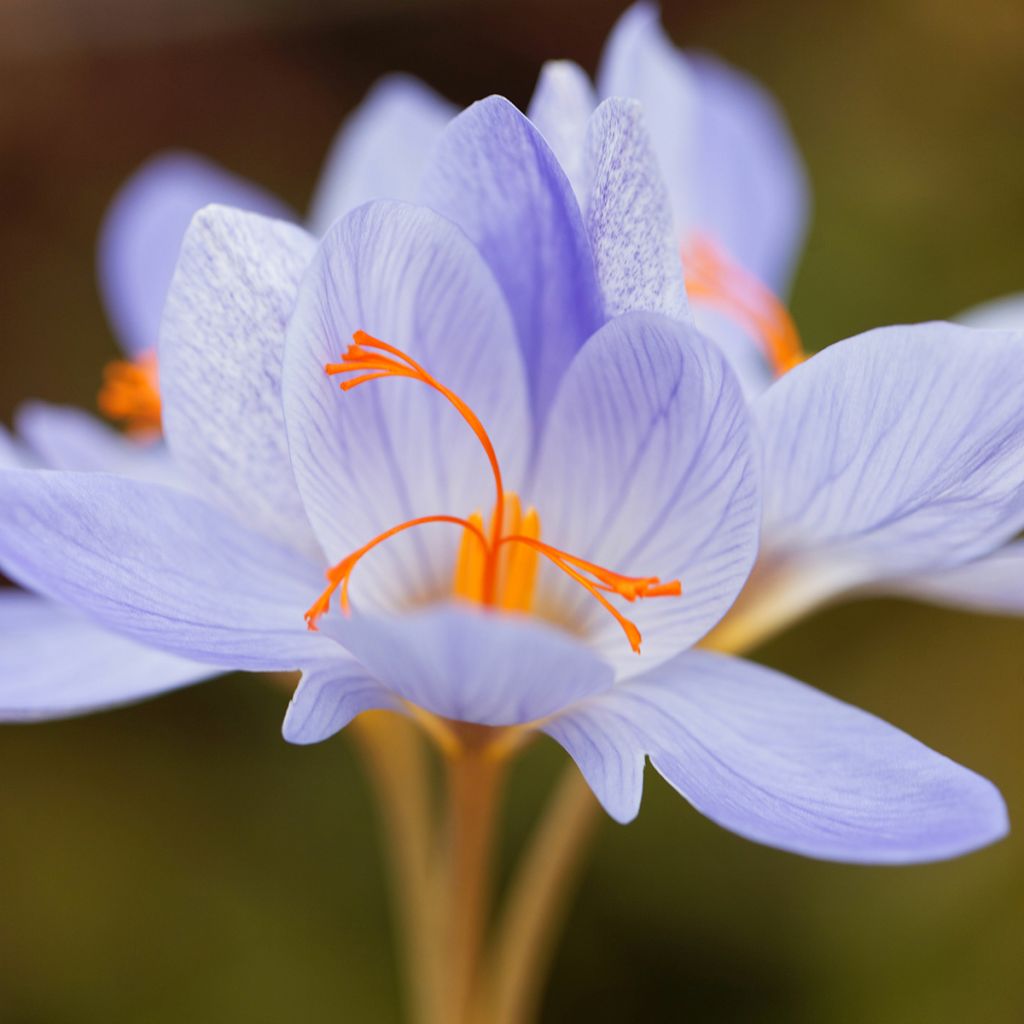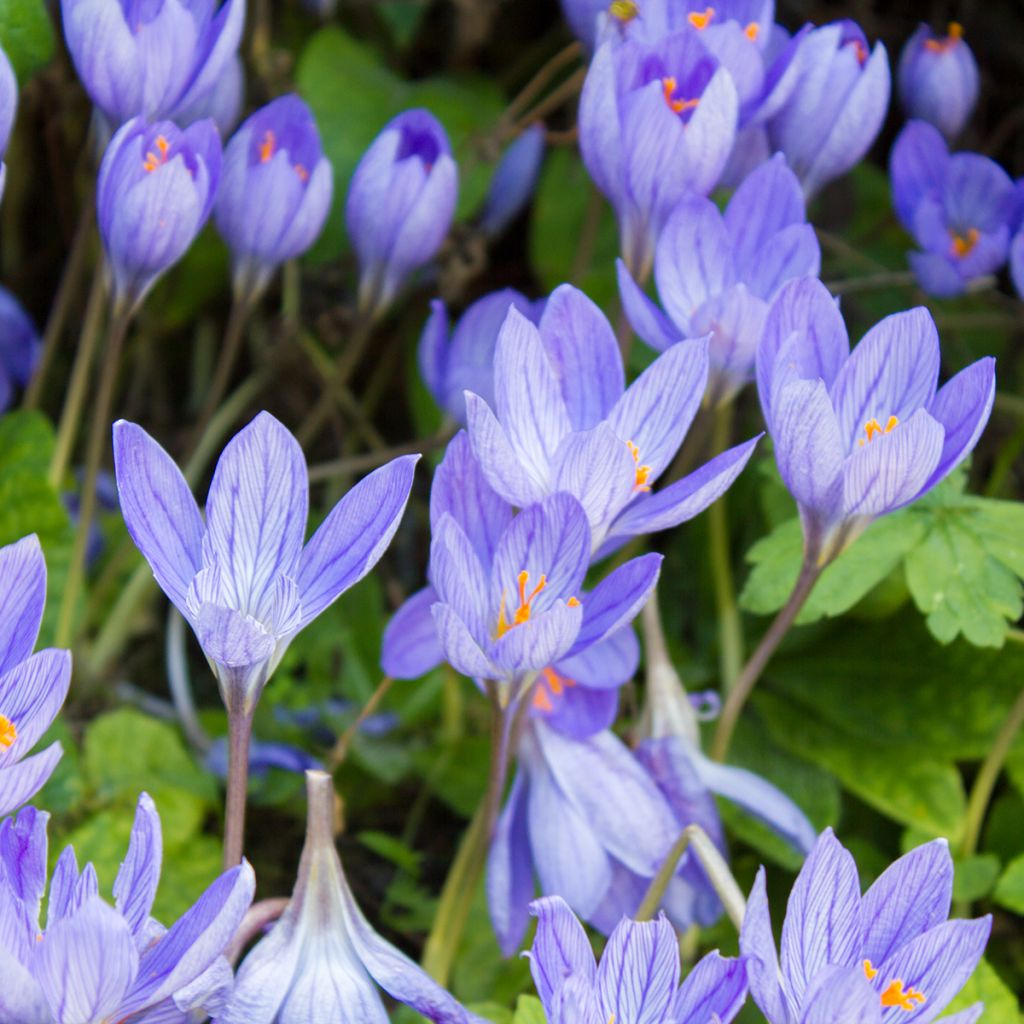Plantfit
Log in / Register
Existing customer?
New customer?
Create an account to track your orders, access our customer service and, if you wish, make the most of our upcoming offers.
My Account
Hello
Shipping country and language
Your country of residence may be:
For a better user experience on our website, you can select:
Your shipping country:
Andorra
Austria
Belgium
Bulgaria
Croatia
Czechia
Denmark
Estonia
Finland
France
Germany
Greece
Hungary
Iceland
Ireland
Italy
Latvia
Lithuania
Luxembourg
Monaco
Netherlands
Poland
Portugal
Romania
Slovakia
Slovenia
Spain
Sweden
Switzerland
Language:
French
English


Crocus speciosus Aitchisonii


Crocus speciosus Aitchisonii


Crocus speciosus Aitchisonii


Crocus speciosus Aitchisonii
Crocus speciosus Aitchisonii
Crocus speciosus Aitchisonii
Bieberstein's Crocus
Order in the next for dispatch today!
Dispatch by letter from 3,90 €.
Delivery charge from 5,90 € Oversize package delivery charge from 6,90 €.
More information
This item is not available in your country.
Shipping country:
 Andorra
Andorra Austria
Austria Belgium
Belgium Bulgaria
Bulgaria Croatia
Croatia Czechia
Czechia Denmark
Denmark Estonia
Estonia Finland
Finland France
France Germany
Germany Greece
Greece Hungary
Hungary Iceland
Iceland Ireland
Ireland Italy
Italy Latvia
Latvia Lithuania
Lithuania Luxembourg
Luxembourg Monaco
Monaco Netherlands
Netherlands Poland
Poland Portugal
Portugal Romania
Romania Slovakia
Slovakia Slovenia
Slovenia Spain
Spain Sweden
Sweden Switzerland
SwitzerlandSelect delivery date,
and select date in basket
This plant carries a 6 months recovery warranty
More information
We guarantee the quality of our plants for a full growing cycle, and will replace at our expense any plant that fails to recover under normal climatic and planting conditions.
From 5,90 € for pickup delivery and 6,90 € for home delivery
Non-EU destinations: delivery charges according to weight of consignment. .
Express home delivery from 8,90 €.
Would this plant suit my garden?
Set up your Plantfit profile →
Description
Crocus speciosus 'Aitchisonii' is an autumn-flowering crocus that is just as easy to grow as spring crocuses. This selection is characterised by large, lavender-purple flowers revealing a bright orange pistil. This small bulbous plant blooms at the beginning of autumn, just like colchicums, adding colour to sunny lawns and rockeries. It faithfully blooms every year, spreading rapidly in large colonies.
Crocus speciosus 'Aitchisonii' belongs, like all crocuses, to the Iridaceae family. Its wild ancestor is native to northern and central Turkey, the Caucasus, northern Iran, and Crimea. It is a perennial herbaceous plant with a corm, which is sometimes called a bulb. In this crocus, the flowers emerge from the ground before the foliage, usually in October, sometimes as early as September, with the return of the rains. The flowers are cup-shaped and 5cm (2in) long. They open in a star shape, revealing mauve petals finely veined with violet. The reverse side of the petals is almost white. The golden yellow heart of the flower is adorned with stamens of the same yellow and a bright orange feathery style. The flowers close at night and in bad weather to open again in the sun. The foliage emerges from the ground after flowering and disappears with the first frost. It forms a small tuft 10 to 12cm (4 to 5in) tall, composed of 5 to 7 thin, slender, dark green leaves, crossed by a white median line. The 'bulbs' here are corms. A corm is an underground storage organ that looks like a bulb but is formed by a swollen stem surrounded by scales.
Crocus speciosus 'Aitchisonii' brings spring back in autumn, creating a beautiful surprise in the garden. Its beautiful, bright flowers animate lawns, flower beds, or rockeries. It will also thrive on the edge of a light woodland, along a hedge, on the sunny side, in the company of colchicums and Naples cyclamens, for example. In the middle of the lawn, plant it with snowdrops or violets, and of course mixed with other autumn-flowering crocuses.
Crocus roots can contract like a spring, allowing the plant to settle at its ideal depth.
Plant your bulbs upon receipt. Grow them in pots near your front door so they will greet you every day. Once the leaves have withered, they can be planted in the garden, where they will bloom again next year.
Crocus speciosus Aitchisonii in pictures


Plant habit
Flowering
Foliage
Botanical data
Crocus
speciosus
Aitchisonii
Iridaceae
Bieberstein's Crocus
Caucasus
Planting and care
Plant your Crocus speciosus before 20/09 and they will bloom in autumn! Plant your bulbs in a warm, south or west-facing position, at a depth of 10 to 15cm (4 to 6in) and spaced 8cm (3in) apart. They prefer well-drained soil that doesn't retain too much water. If your garden soil is too heavy, incorporate gravel and sand at the time of planting. The first cold weather will bring out their flowers. They will faithfully return every year.
Planting period
Intended location
Care
This item has not been reviewed yet - be the first to leave a review about it.
Haven't found what you were looking for?
Hardiness is the lowest winter temperature a plant can endure without suffering serious damage or even dying. However, hardiness is affected by location (a sheltered area, such as a patio), protection (winter cover) and soil type (hardiness is improved by well-drained soil).

Photo Sharing Terms & Conditions
In order to encourage gardeners to interact and share their experiences, Promesse de fleurs offers various media enabling content to be uploaded onto its Site - in particular via the ‘Photo sharing’ module.
The User agrees to refrain from:
- Posting any content that is illegal, prejudicial, insulting, racist, inciteful to hatred, revisionist, contrary to public decency, that infringes on privacy or on the privacy rights of third parties, in particular the publicity rights of persons and goods, intellectual property rights, or the right to privacy.
- Submitting content on behalf of a third party;
- Impersonate the identity of a third party and/or publish any personal information about a third party;
In general, the User undertakes to refrain from any unethical behaviour.
All Content (in particular text, comments, files, images, photos, videos, creative works, etc.), which may be subject to property or intellectual property rights, image or other private rights, shall remain the property of the User, subject to the limited rights granted by the terms of the licence granted by Promesse de fleurs as stated below. Users are at liberty to publish or not to publish such Content on the Site, notably via the ‘Photo Sharing’ facility, and accept that this Content shall be made public and freely accessible, notably on the Internet.
Users further acknowledge, undertake to have ,and guarantee that they hold all necessary rights and permissions to publish such material on the Site, in particular with regard to the legislation in force pertaining to any privacy, property, intellectual property, image, or contractual rights, or rights of any other nature. By publishing such Content on the Site, Users acknowledge accepting full liability as publishers of the Content within the meaning of the law, and grant Promesse de fleurs, free of charge, an inclusive, worldwide licence for the said Content for the entire duration of its publication, including all reproduction, representation, up/downloading, displaying, performing, transmission, and storage rights.
Users also grant permission for their name to be linked to the Content and accept that this link may not always be made available.
By engaging in posting material, Users consent to their Content becoming automatically accessible on the Internet, in particular on other sites and/or blogs and/or web pages of the Promesse de fleurs site, including in particular social pages and the Promesse de fleurs catalogue.
Users may secure the removal of entrusted content free of charge by issuing a simple request via our contact form.
The flowering period indicated on our website applies to countries and regions located in USDA zone 8 (France, the United Kingdom, Ireland, the Netherlands, etc.)
It will vary according to where you live:
- In zones 9 to 10 (Italy, Spain, Greece, etc.), flowering will occur about 2 to 4 weeks earlier.
- In zones 6 to 7 (Germany, Poland, Slovenia, and lower mountainous regions), flowering will be delayed by 2 to 3 weeks.
- In zone 5 (Central Europe, Scandinavia), blooming will be delayed by 3 to 5 weeks.
In temperate climates, pruning of spring-flowering shrubs (forsythia, spireas, etc.) should be done just after flowering.
Pruning of summer-flowering shrubs (Indian Lilac, Perovskia, etc.) can be done in winter or spring.
In cold regions as well as with frost-sensitive plants, avoid pruning too early when severe frosts may still occur.
The planting period indicated on our website applies to countries and regions located in USDA zone 8 (France, United Kingdom, Ireland, Netherlands).
It will vary according to where you live:
- In Mediterranean zones (Marseille, Madrid, Milan, etc.), autumn and winter are the best planting periods.
- In continental zones (Strasbourg, Munich, Vienna, etc.), delay planting by 2 to 3 weeks in spring and bring it forward by 2 to 4 weeks in autumn.
- In mountainous regions (the Alps, Pyrenees, Carpathians, etc.), it is best to plant in late spring (May-June) or late summer (August-September).
The harvesting period indicated on our website applies to countries and regions in USDA zone 8 (France, England, Ireland, the Netherlands).
In colder areas (Scandinavia, Poland, Austria...) fruit and vegetable harvests are likely to be delayed by 3-4 weeks.
In warmer areas (Italy, Spain, Greece, etc.), harvesting will probably take place earlier, depending on weather conditions.
The sowing periods indicated on our website apply to countries and regions within USDA Zone 8 (France, UK, Ireland, Netherlands).
In colder areas (Scandinavia, Poland, Austria...), delay any outdoor sowing by 3-4 weeks, or sow under glass.
In warmer climes (Italy, Spain, Greece, etc.), bring outdoor sowing forward by a few weeks.